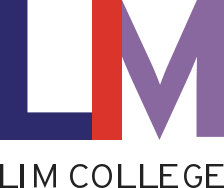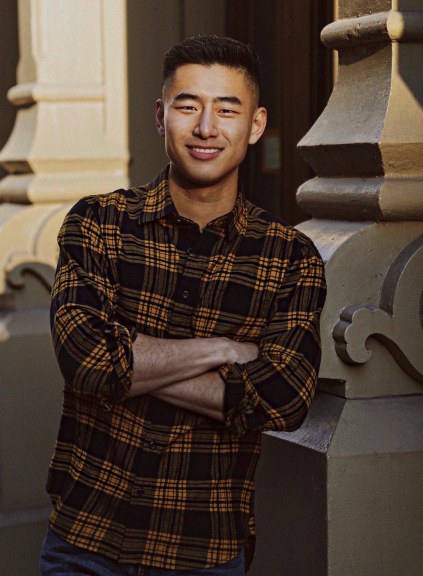Hometown: Vancouver, Canada
Degree Program: MPS, Fashion Marketing
Coming to the U.S. to pursue his education, Leo sought a graduate degree that would make him a skilled marketer and communicator through visual messaging.
Why did you decide to earn you master’s degree at LIM?
I attended Parsons School of Design and earned a BFA in Integrated Design. I focused on a mix of graphic design, art direction, and marketing. When it came time for me to take the next step in my education, LIM’s master’s in Fashion Marketing felt like a very succinct yet comprehensive program that addressed gaps in my design education when it came to the business of marketing. LIM’s courses were diverse enough that I could develop my marketing acumen across multiple subdisciplines.
What’s currently happening in your career?
I work in e-commerce and tech for a digital marketing agency, Darkroom. As a designer, I'm responsible for shepherding design projects from kick-off to completion, whether that be for crafting marketing websites, e-commerce stores, or large-scale digital products. I'm the point of contact at the agency who is directly interfacing with the client. My favorite part about my position is seeing how happy clients are when we execute a successful solution that elegantly addresses the business problems they approached us with.
How did your master’s degree studies help prepare you for this work?
Classes at LIM were incredibly focused on real-world application. I was consistently asked to take a strategy from conception all the way to executing the design of the actual ads, marketing emails, and websites. It prepared me for the work I do today, where clients expect a high level of marketing acumen to back up design decisions.
What was your favorite class?
I loved Digital Marketing because it honed in on the channels and platforms that are critical to business success today. Particularly for e-commerce, I found learning how to target customers at different stages of the customer journey to be incredibly relevant for contextualizing what strategies work best for different goals.

